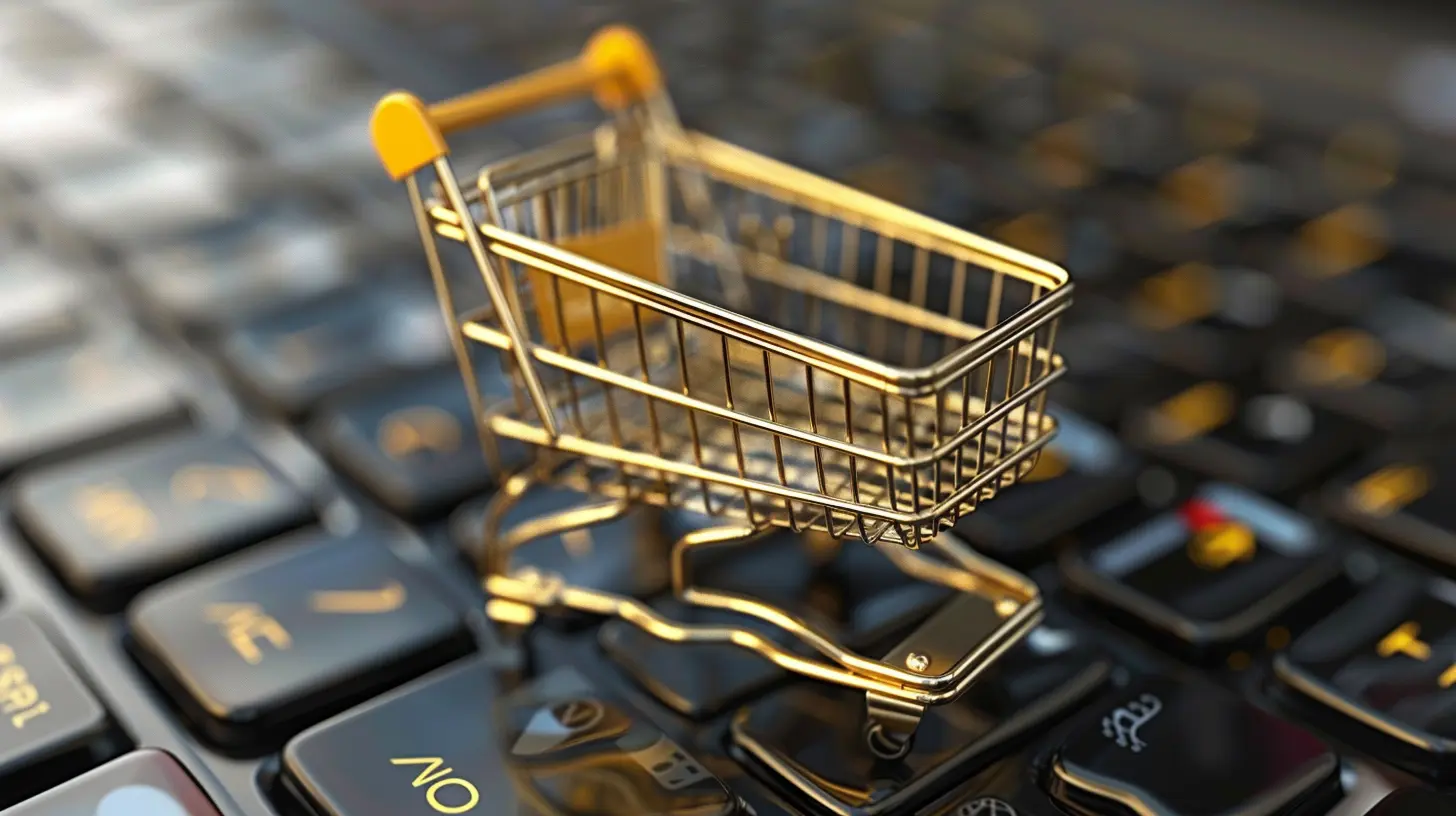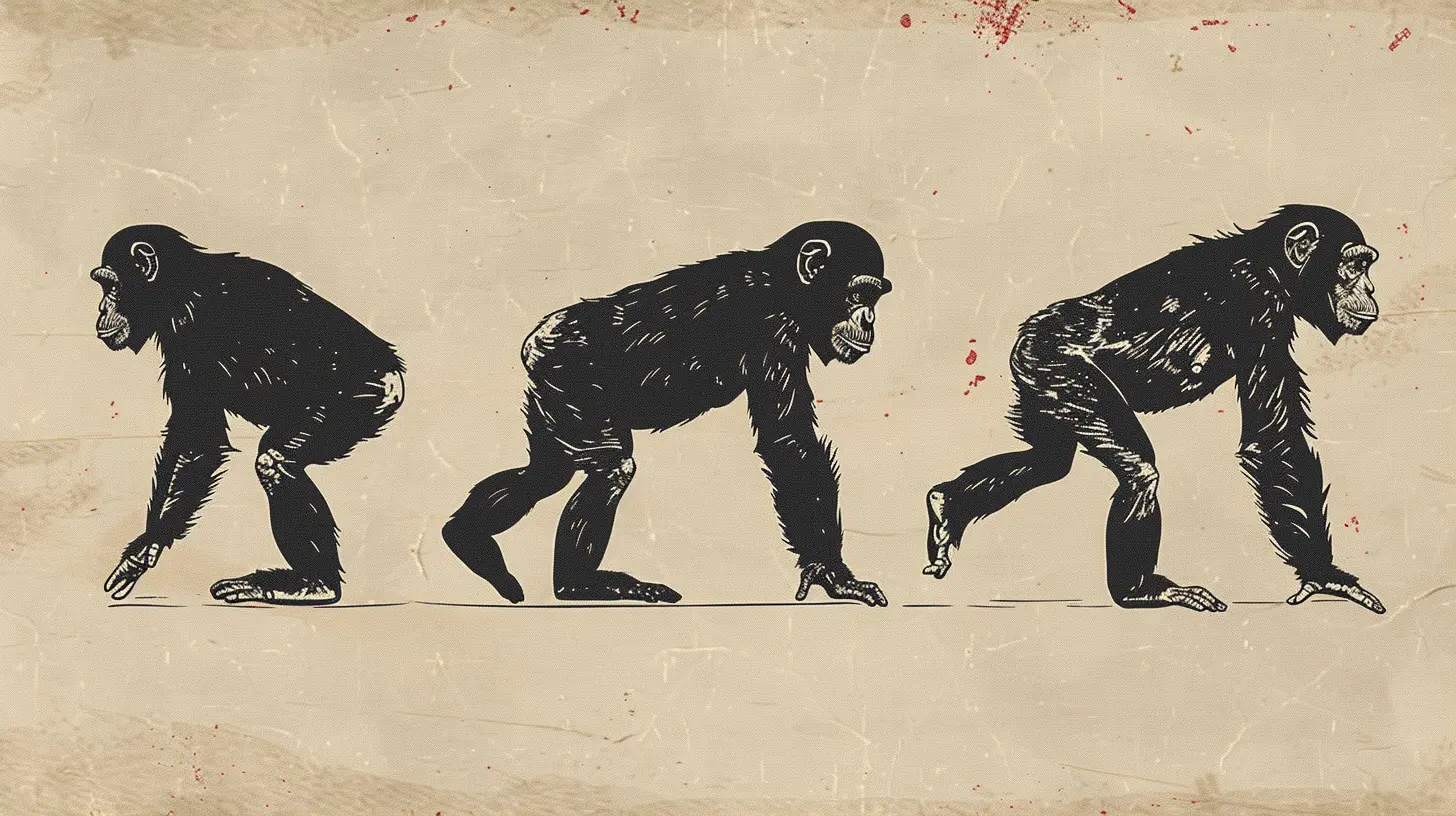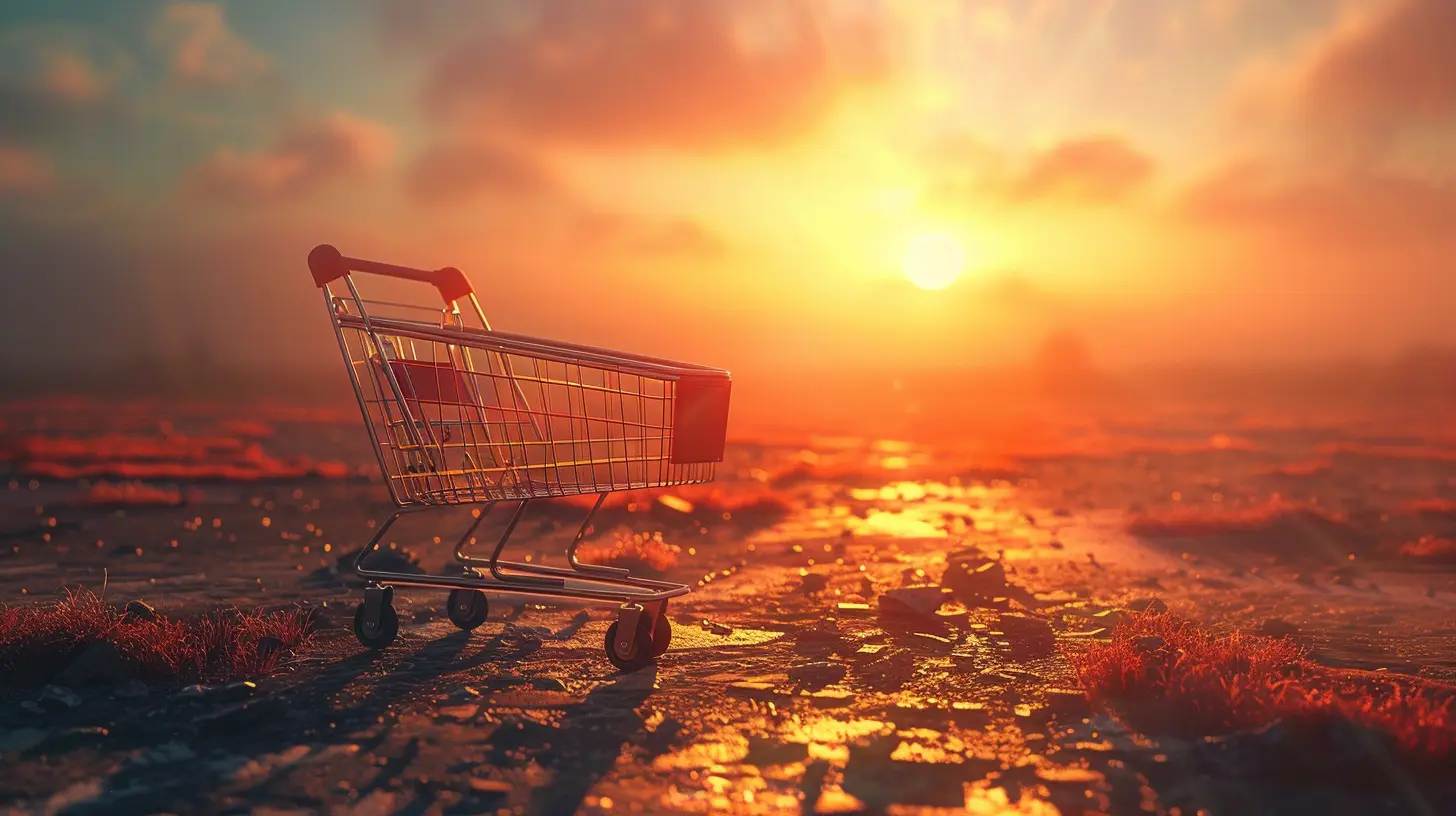The Evolution of E-Commerce: What’s Next?
13 August 2025
E-commerce isn't just about clicking “add to cart” anymore. What started as a convenient way to shop from home has exploded into a global digital economy. It's like watching a quiet stream evolve into a rushing river — ever-changing, always pushing forward.
But what’s behind this rapid transformation? And more importantly, what’s coming next for businesses, consumers, and tech-savvy entrepreneurs? Buckle up — we’re diving into the past, present, and mind-blowing future of e-commerce.
A Quick Look Back: The Humble Beginnings
Remember when ordering something online felt like a gamble? You'd wait weeks, unsure if the product would even arrive. In the '90s, companies like Amazon and eBay were just getting started, and people were only beginning to trust the idea of shopping online.Back then, e-commerce was clunky. Websites were basic; payments were a headache. But it was new, and it was exciting.
Fast forward two decades, and you'd be hard-pressed to find someone who hasn’t bought something online.
Modern E-Commerce: More Than Just Online Shopping
Today, e-commerce is sleek, smart, and seriously efficient. It’s personalized, frictionless, and powered by data. Whether you’re buying sneakers at midnight or subscribing to a monthly pet grooming box, the experience is smooth.So, what changed?
1. Mobile Shopping Became The Norm
Let’s be real — how often do you actually sit at a computer to shop? Mobile commerce exploded when smartphones became smarter. Now, over 70% of online retail happens on mobile devices. We literally carry a shopping mall in our pockets.2. Social Media Turned Into A Marketplace
Instagram, TikTok, Facebook — they’re not just for selfies and memes anymore. Businesses are selling directly through social platforms, using influencers, carousel ads, and swipe-up links. Scrolling and spending? It’s a thing now.3. Customer Expectations Shot Through The Roof
Thanks to giants like Amazon setting sky-high standards with same-day shipping and easy returns, customers expect fast, free, and flawless. You snooze, you lose.4. Personalization Took Center Stage
Ever feel like a website is reading your mind? That’s personalization. AI algorithms track your behavior and show you exactly what you want — sometimes before you even know you want it.
E-Commerce Tech: The Real Game Changer
Technology is the spine of modern e-commerce. It’s not just about putting products online anymore; it’s about creating experiences.AI and Machine Learning
AI is no longer just sci-fi — it’s the heart of predictive analytics, chatbots, and smart recommendations. Think of it like an invisible salesperson that knows your size, taste, and budget before you even walk in.Augmented Reality (AR)
Trying on clothes or virtually placing furniture in your living room? AR makes it possible. This tech is transforming how people shop online by bridging the gap between physical and digital.Voice Commerce
“Alexa, order toilet paper.” Yup, that’s voice commerce. As virtual assistants become household names, shopping by voice is growing quickly, especially for reordering essentials.Blockchain and Crypto Payments
Security and transparency are huge concerns. Blockchain tech is helping streamline supply chains and ensure authenticity. Some shops even accept Bitcoin and other cryptocurrencies today — wild, right?
The Future of E-Commerce: What’s Next?
Now we get to the juicy stuff — where is all this heading?1. Hyper-Personalization Gets… Well, Hyper
You thought your shopping feed was tailored now? Imagine a future where every click, scroll, and pause is analyzed to create razor-sharp recommendations — like your favorite store’s manager, but digital.We’re talking about Netflix-level personalization for products. From sizes to color preferences, even to delivery times — everything will be customized. The more you shop, the better it gets.
2. The Rise of the Metaverse Marketplaces
Yeah, the metaverse isn't just for gamers and tech nerds. Virtual storefronts are already popping up in immersive 3D environments. Picture walking through a digital mall with your avatar, trying on virtual sneakers, and purchasing with a blink.This isn’t a fad — big brands like Nike and Gucci are already experimenting with digital fashion and NFTs. Virtual reality + e-commerce = a whole new world of selling.
3. Sustainable Shopping Will Take Center Stage
Let’s face it — people care more about the planet. Future shoppers want to support brands that use sustainable materials, ethical labor, and eco-friendly shipping.Companies will need to walk the talk. Transparency reports, carbon offsetting, eco-packaging — these won’t be extras; they’ll be expectations. If your brand isn’t green, it could be unseen.
4. Subscription Models Will Evolve
From shaving kits to snacks, many brands love the subscription model. It’s predictable revenue for them and convenience for you. But expect it to evolve.Soon, AI will manage your subscriptions — adjusting frequency, quantity, even suggesting new products based on your usage. Forget managing your pantry — your smart fridge could do it for you.
5. Direct-to-Avatar (D2A) Commerce
This might sound futuristic, but it’s already happening. People are buying digital goods for their avatars — in games, social metaverses, and virtual events. Skins, outfits, accessories — it’s a booming digital economy.Brands will start selling products for your digital self. Soon, you might spend more on your virtual wardrobe than your real one. Weird? Maybe. But people once thought online shopping was weird too.
6. Local and Hyperlocal E-Commerce
As global as e-commerce is, there’s a trend swinging back to local. Consumers want to support nearby businesses. With same-day delivery and local logistics networks, people can shop online and shop local.Apps and marketplaces that spotlight neighborhood stores will rise. Think of it as farmers markets going digital.
Challenges That Lie Ahead
Let’s not sugarcoat things — the future of e-commerce isn’t all sunshine and rainbows. There are real hurdles to clear.Data Privacy and Security
The more personalization we get, the more of our data is being used. That raises major questions about privacy. Stricter regulations (like GDPR and others) and growing cyber threats mean e-commerce platforms have to work double-time to keep you safe.Shipping and Logistics Pressure
Consumers want it fast, but logistics networks are strained. Delivery drones, autonomous vehicles, and smarter inventory systems might help, but solving the “last mile” problem is still a work in progress.Platform Saturation
The internet is becoming crowded. Standing out in the sea of e-commerce stores is harder than ever. Great SEO, branding, and customer loyalty will be essential — more than any gimmick or trend.So, What Should Businesses Do?
Simple advice? Stay flexible, stay curious.E-commerce isn’t slowing down. If anything, it’s evolving faster than ever. To keep up, here’s what businesses need to focus on:
- Embrace new tech, but don’t lose that human touch.
- Make the shopping journey insanely easy.
- Listen to customer feedback like it’s gospel.
- Invest in mobile and social selling — where the people are.
- Go green. Seriously, it's not optional anymore.
Final Thoughts
The evolution of e-commerce shows no signs of stopping. If you think we’ve reached the peak, just wait. The future isn’t just more digital — it’s smarter, faster, greener, and more human.Whether you’re a business owner, marketer, or an everyday online shopper, the next chapter of e-commerce will change the way you buy, sell, and live online.
So, are you ready for what’s next?
all images in this post were generated using AI tools
Category:
Business TrendsAuthor:

Caden Robinson
Discussion
rate this article
1 comments
Jinx Gray
Will the next leap in e-commerce redefine reality or blur our perceptions?
August 26, 2025 at 11:30 AM

Caden Robinson
The next leap in e-commerce will likely blur perceptions, enhancing our online experiences while redefining how we interact with reality and each other.


